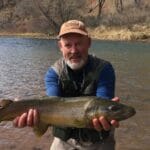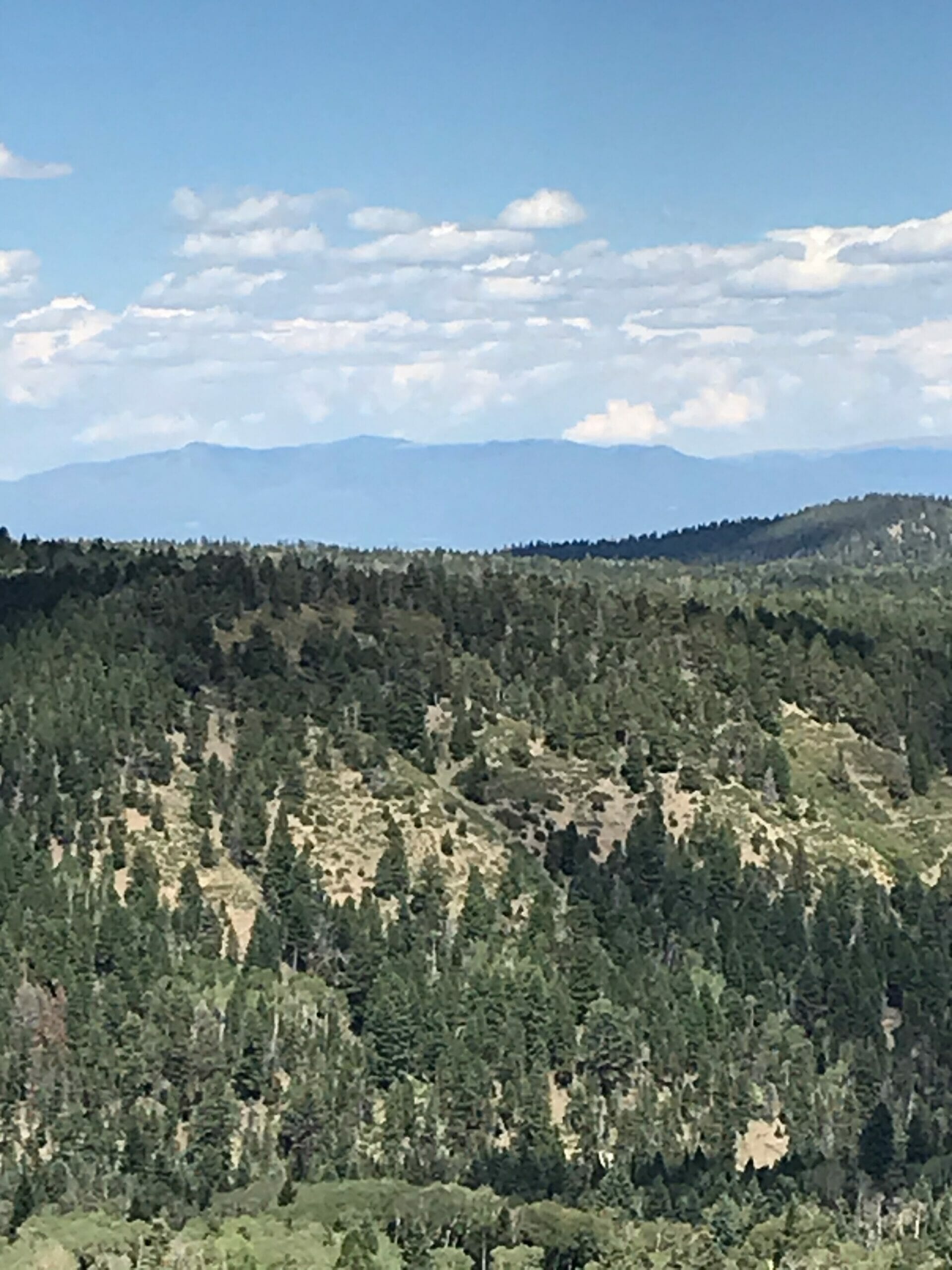Editor’s note: This piece was first published in August 2020. Periodically, we’ll republish content we liked a lot when it first hit the internet.
The village of Canjilon sits within a donut of low hills to the west and south, and a gradually rising wall to the north and east. Its establishment in the 1870s seems late by New Mexico standards, but that tracks with Hispanic settlement patterns driven by the coequal quests for arable land and safety from raiding native tribes.
Farther south, communities like Abiquiu and El Rito took root around the turn of the 19th century, and as those villages outgrew themselves, pioneers set their sites on greener pastures like Canjilon (“Con-hee-lone,” meaning deer antler).
Settlers quickly learned that the mountains of north-central New Mexico were more difficult to penetrate than they looked. In these post-logging days, aspens and conifers coat them like suede, concealing cliffs and box canyons around every corner. What roads exist are now used mainly by cattle producers who carry cell phones, speak a percentage of Spanish and ride all-terrain machines instead of horses.
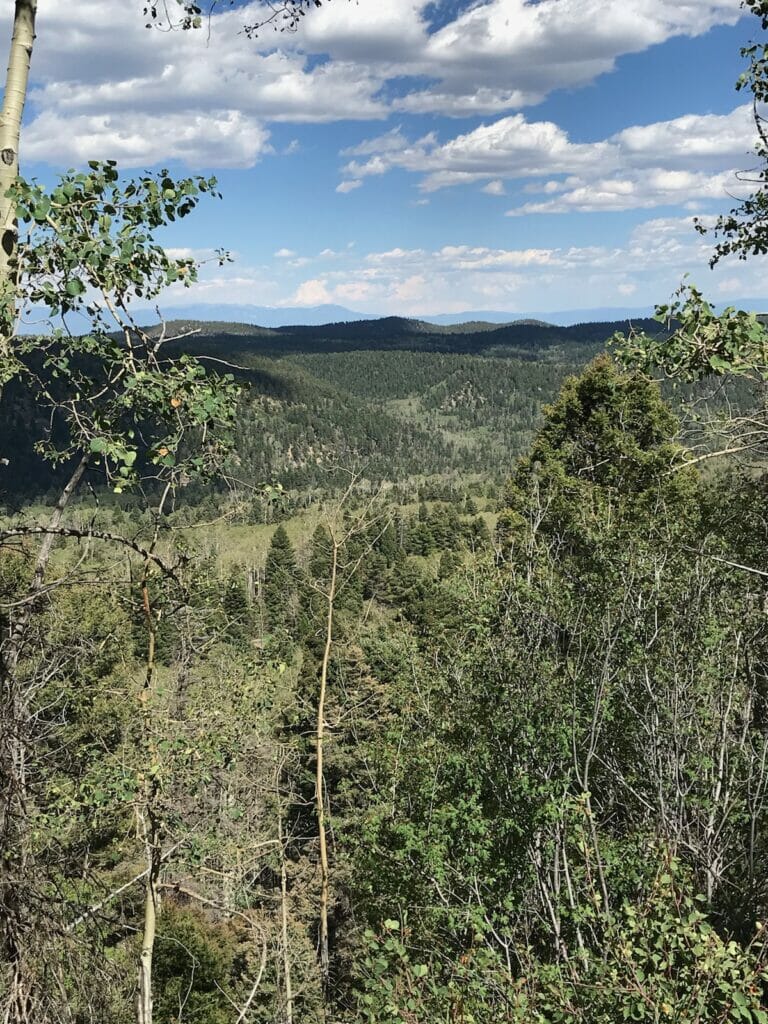
Looking at this country and its villages, one could describe a place that time forgot, instead of, as I prefer, a land for which time simply reserved a more fond and gentle pace. Magpies cackle across the alfalfa field as always, and you could play hopscotch on the highway if you didn’t mind the occasional interruption by a passing truck or horse. On a forest road to El Rito Creek (“Creek” Creek), a tin can buried in ponderosa duff was opened by a pull tab back when such cans contained cold cherry cola. Today it’s Bud Light or Mountain Dew. In the villages, it’s easy to imagine that any boots kicked up on porch rails are on the feet of time itself.
People litter in New Mexico. We overgraze, and some of us think it a sin to leave water in the stream. But that’s America, which means it’s not perfect.
On a trip to installl monitoring equipment for a Rio Grande cutthroat trout project, I met Ron Garcia from El Rito village. His cow camp is at 10,000 feet at the head of a spring-fed slope wetland from which he claims to have captured cutthroats by hand when he was a boy. I have no reason to doubt him, especially since that was at least six decades ago when the snow would still fly and July still meant rain. Ron was visiting with a contemporary who had driven his machine 20 long miles over from Vallecitos. The men bemoaned falling water tables and pined for the days — this is strange for rural New Mexicans — when every creek was beaver dams from top to bottom.
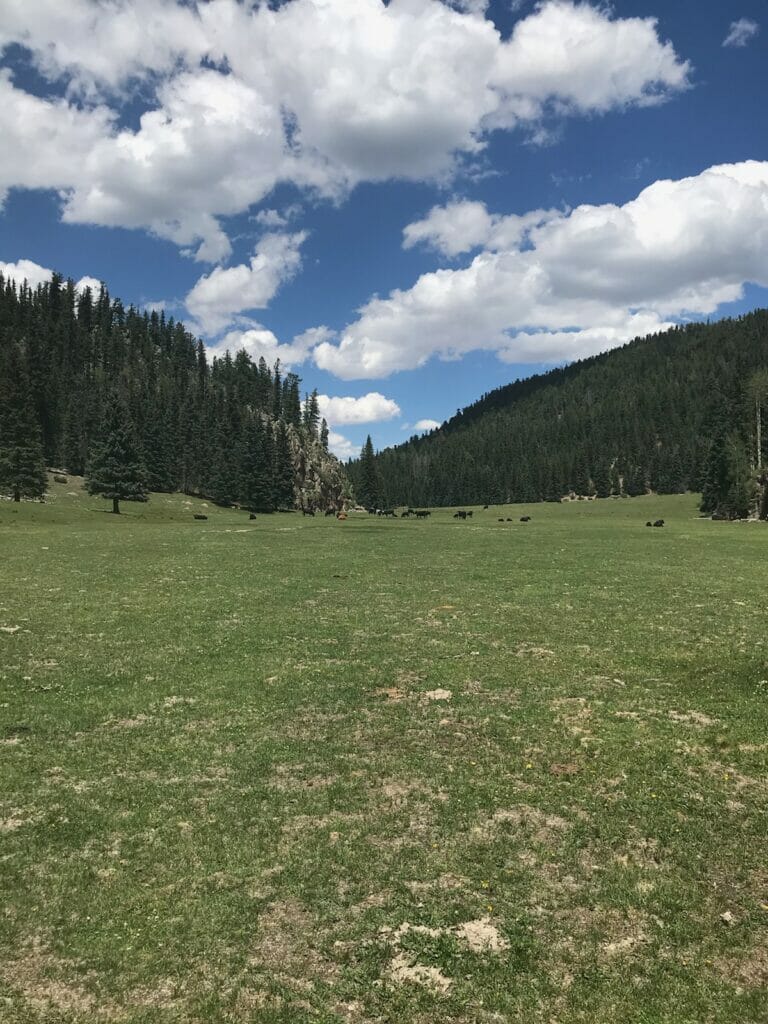
We New Mexicans trash things out. Not me or anyone I know, but somehow our outdoor spaces collect garbage in the same slow manner that flypaper collects flies. Everyone has a theory for who’s at fault, where in New Mexico (or Texas) they’re from. From many years of hearing about it, I know that many visitors to our state find it remarkable how beautiful and yet how disgusting it is.
We take vehicles off roads, rip donuts in meadows, and don’t worry about putting out our campfires. I’ve seen latrines situated in creek channels and washing machines rolled off cliffs. Ron and his friend already wince at the vaunted outdoor economy, which increasingly comes with trucks hauling campers hauling ATVs. Mountain bikes and coffee shops, and then Realtors.
Yet while we rail against the city slickers filling campgrounds, streams are poached of their trout and shattered bottles of every color litter the mesas. Meadows literally sag under the weight of hamburgers.
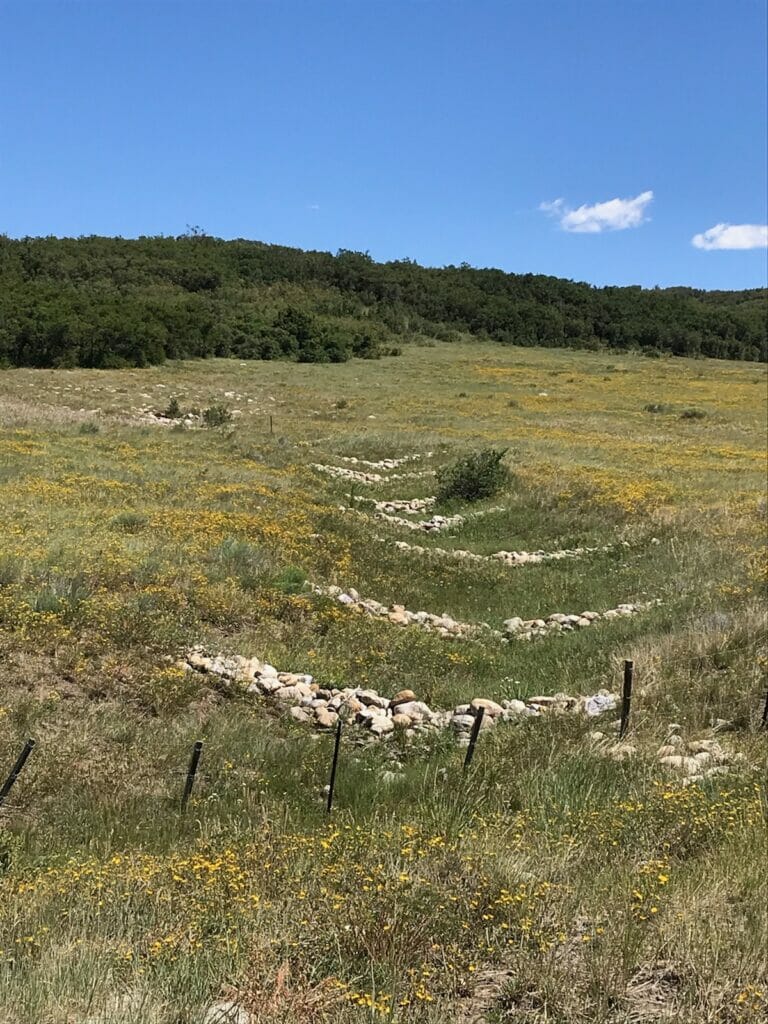
Everyone in New Mexico feels our land must be protected. Everyone. Many, and I among them, simultaneously believe that our land, after centuries of enduring the extractions of humankind, is actively suffering from past wounds and the salt that climate change is rubbing into them.
Wounded land — incising stream channels, eroding rangelands, unbalanced forests and silt — must often be protected from itself. Drawing lines around it doesn’t help if actual resources aren’t collected to pay for the actual healing of land and water.
Thanks to New Mexico’s unique rural communities, much of the land also protects itself. The roads are so ugly roads and yet people still drive them in search of their meager share. These folks live in Abiquiu, in Questa and Canjilon, where there is a mutual affection between land and culture. You must know that to go there, and folks don’t seem to care if you do as long as you’re prepared to walk a long way if you snap an axle.
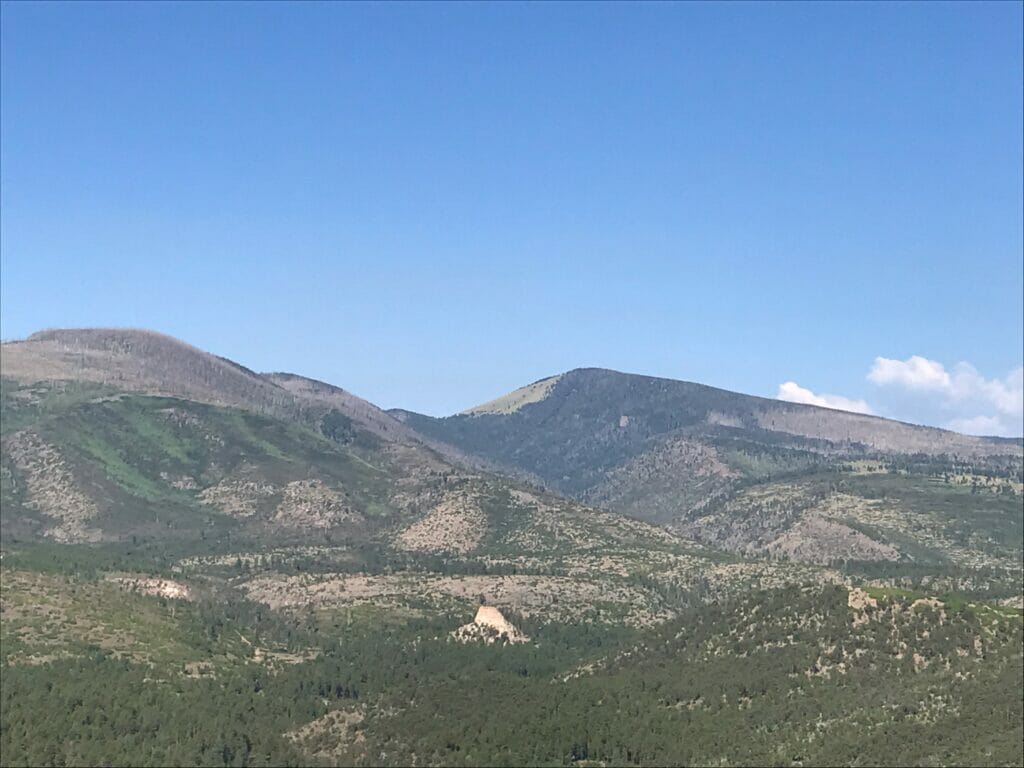
People litter in New Mexico. We overgraze, and some of us think it a sin to leave water in the stream. But that’s America, which means it’s not perfect.
Ron Garcia would not claim to be perfect. Valid counterarguments from true native New Mexicans aside, he and his ancestors came to view themselves as indigenous here, responsible since their arrival for stewarding land as though it were a well-laying hen.
Because that’s what it was and still is.
Toner Mitchell is TU’s water and habitat coordinator in New Mexico. He lives and works in Santa Fe.


